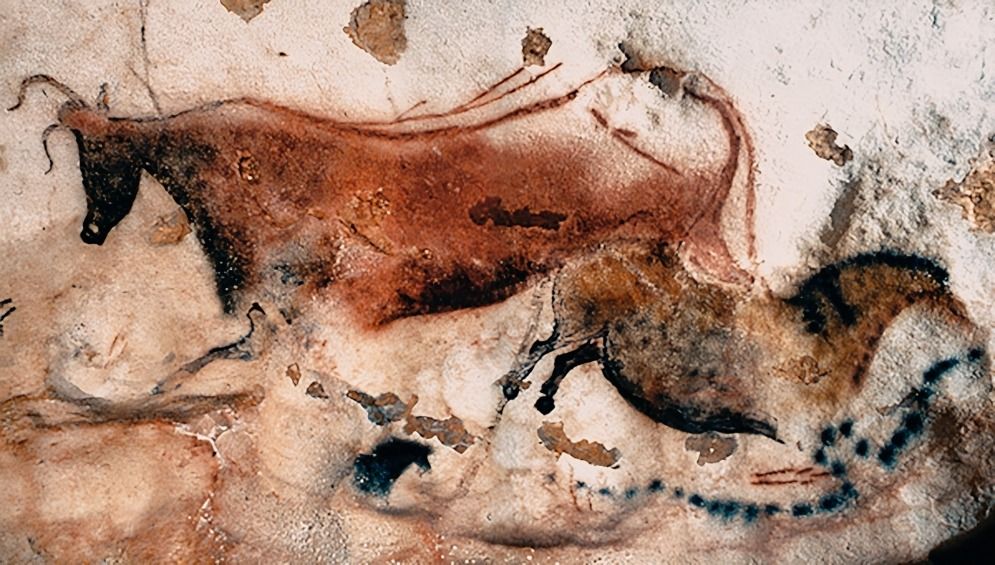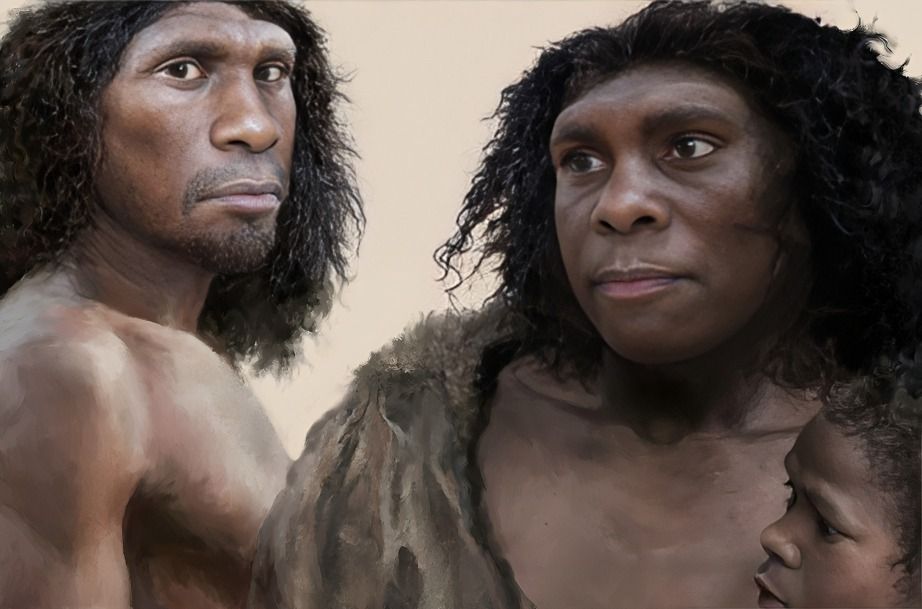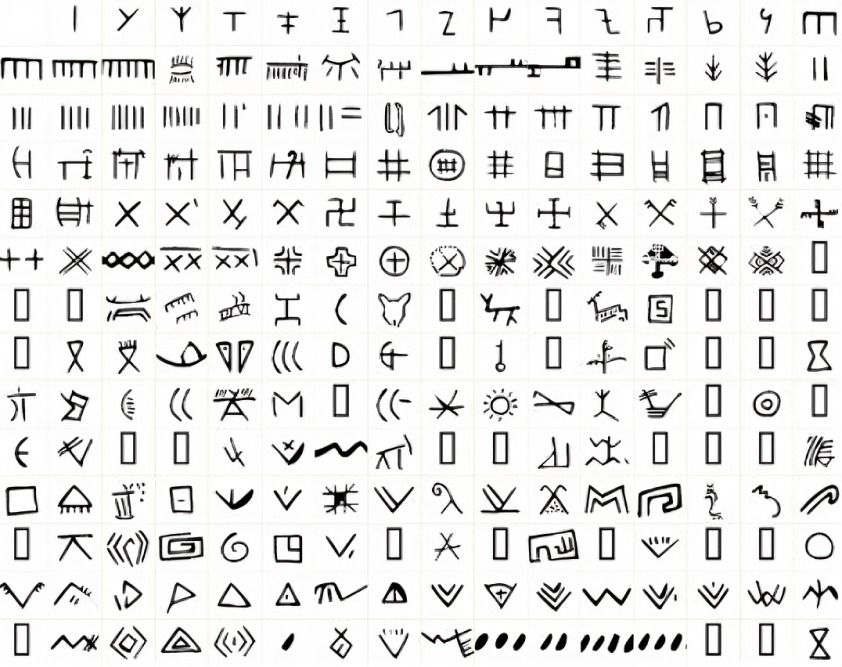
“
Paleolithic Communication Facts unveil the rich tapestry of how our early ancestors interacted with one another. Early humans relied heavily on gestures, sounds, and art to convey messages and emotions in a world without written language. This blog delves into 20 intriguing Paleolithic Communication Facts, showcasing the creativity and ingenuity of our ancestors and their profound connection to the environment around them. 1
1
.1
1
”
Language and communication in the Paleolithic era likely began with simple gestures and vocalizations, evolving as early humans coordinated hunting and survival strategies more effectively.1
Language development enabled early humans to share survival strategies like tool-making and hunting, strengthening social bonds and fostering cooperation, ensuring cultural continuity across generations.2
Initially used for practical purposes, language soon evolved into a rich medium for storytelling and knowledge transfer, preserving vital information that was essential for survival and social organization.3

Like those in Lascaux, France, Paleolithic cave paintings may represent an early form of symbolic communication, conveying stories, rituals, or events beyond spoken language's capabilities.
The evolution of the brain plays a crucial role in language development. As early human brains grew larger, cognitive abilities expanded, facilitating the creation and sharing of increasingly complex ideas.4
Early human communities likely developed distinct dialects and languages, shaping cultural identity and group dynamics. These differences may have defined social boundaries and alliances among groups.5
Body language was essential in early communication. Before fully developed speech, gestures, facial expressions, and postures effectively conveyed emotions, warnings, and instructions across distances.6
Creating tools and mastering fire required effective teamwork, fostering a strong need for clear communication. This necessity may have driven the refinement of language to express complex ideas and tasks more efficiently.7

Neanderthals likely had vocal communication. The discovery of a hyoid bone in a Neanderthal fossil suggests that our close relatives may have spoken, though differently from modern humans.
Some researchers believe rhythmic activities like clapping or dancing were important for early communication. These shared experiences could have been precursors to vocal language, synchronizing group efforts.8
The development of vocal cords and breath control influenced speech evolution. As anatomy changed, early humans could produce a wider range of sounds, advancing communication possibilities.9
Language capacity may have contributed to human survival over other hominins. Complex speech allowed for better cooperation, strategic planning, and adaptability, helping humans thrive in diverse environments.10
Language played a key role in forming early religions and rituals. Early humans developed values by sharing stories and beliefs, fostering social cohesion and guiding community behaviours.11
Language also served as a vital tool in early education. Teaching essential survival skills—such as hunting or identifying edible plants—was enhanced through spoken communication among generations.12
Verbal communication enabled early humans to express emotions like fear, joy, or anger, deepening social connections and fostering nuanced relationships, which were critical for group survival.13

Symbols and early writing systems emerged for long-distance communication. As trade expanded, early humans began using pictograms and carvings to convey important messages and records.
Over time, language became sophisticated, allowing discussions of abstract concepts like time, death, or morality, leading to the development of complex societies and philosophical thinking.14
Paleolithic humans used storytelling not just for entertainment but also to pass down cultural knowledge, ensuring that essential survival tactics, historical events, and social norms were preserved across generations.15
Communicating through language enhanced early humans' trading and negotiation skills, enabling them to form alliances, exchange goods, and spread innovations like agriculture and tool-making.16
As language evolved, so did human societies. Hierarchies, roles, and laws became easier to communicate and understand, fostering complex governance, cooperation, and problem-solving within growing communities.17


